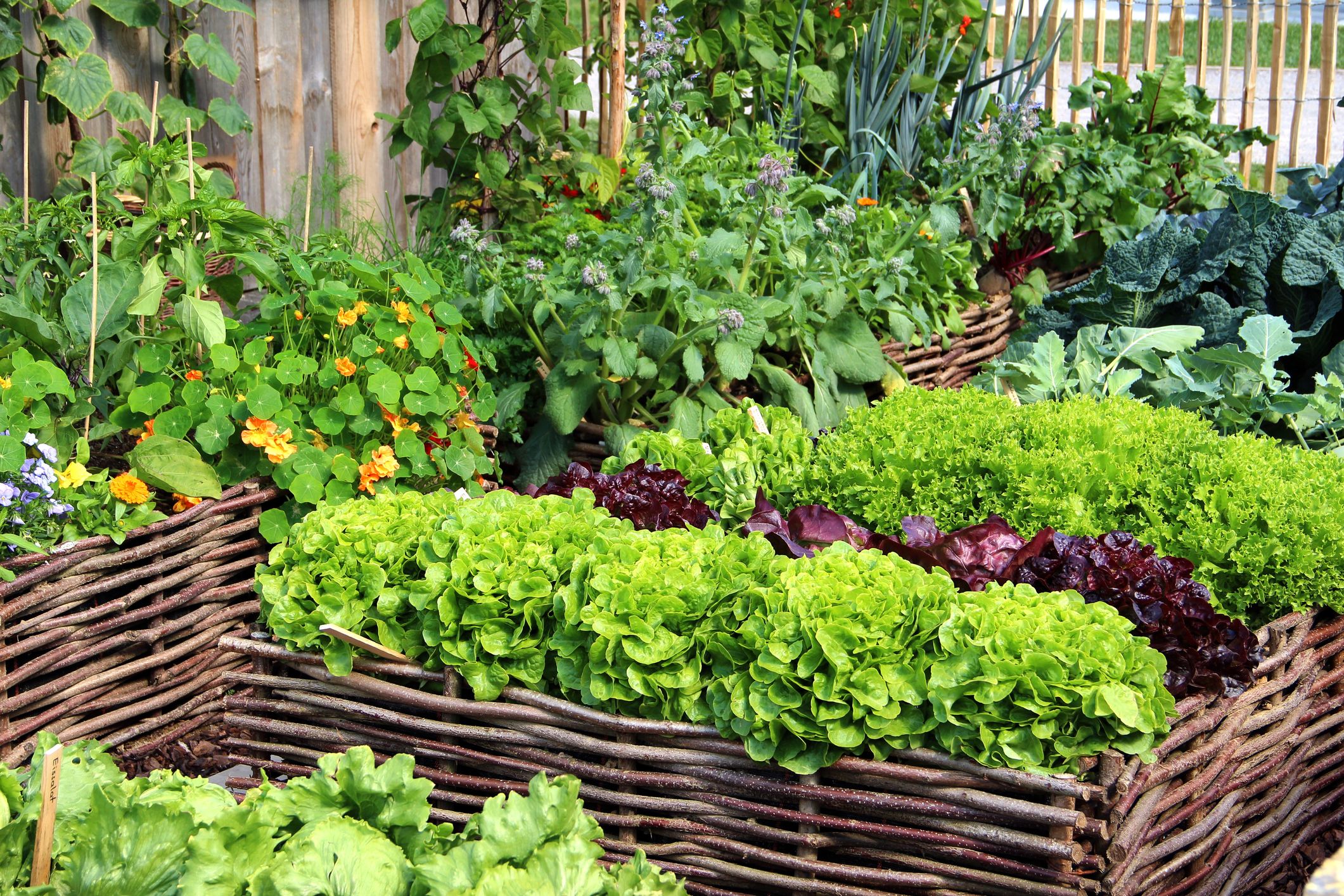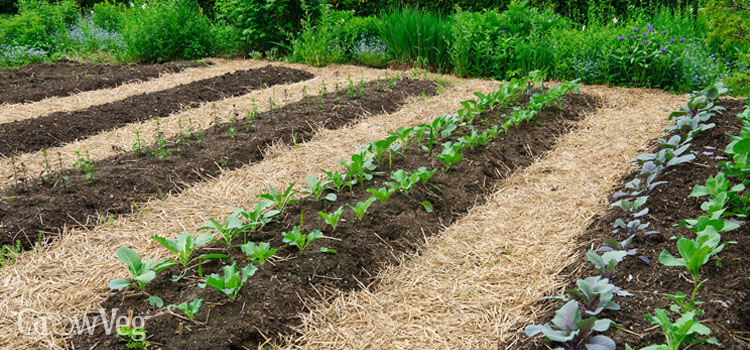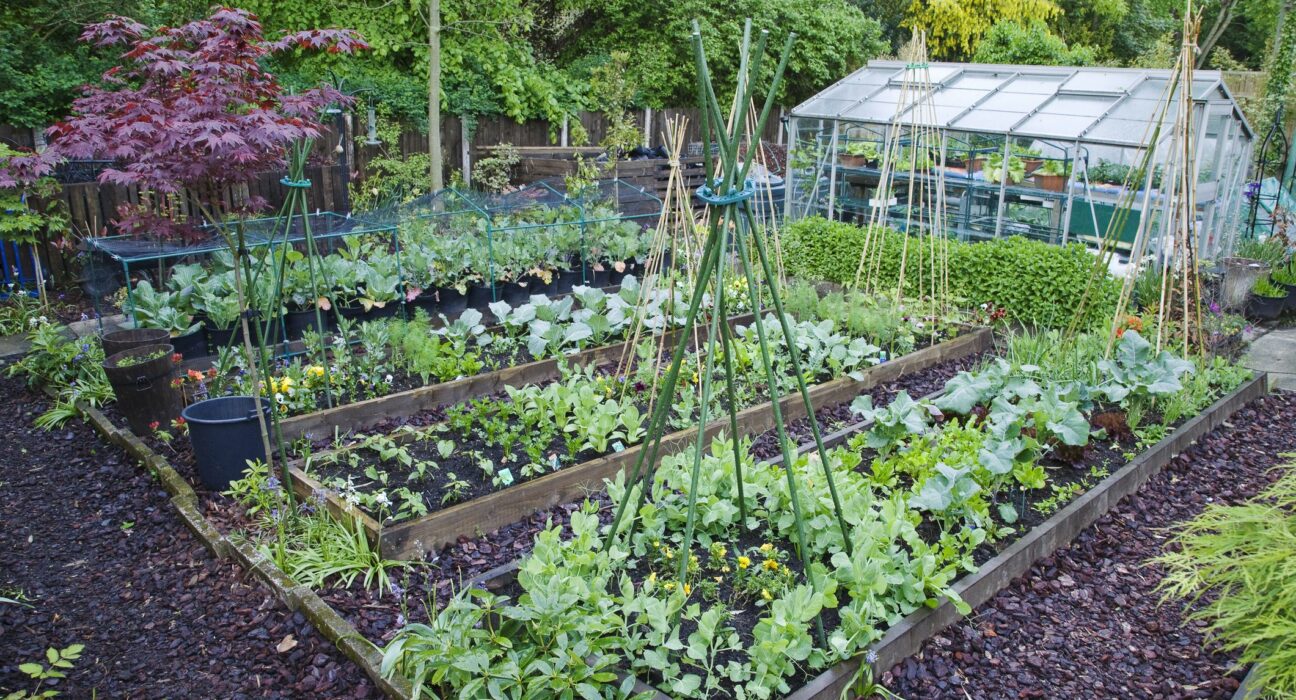Starting a vegetable garden at home can feel like a big challenge. The thought of creating your own food source seems so foreign and complicated. But with a little preparation, planning, and patience, it can be easy and rewarding. Successfully growing vegetables in your backyard doesn’t just require the right space, but also diligence and constant upkeep. Here are some helpful tips to help you in Starting a Vegetable Garden at Home:
Plan your garden space
Before you even think about buying seeds or transplants, you need to plan the space where you will be growing your food. This will help you determine what kind of garden you will need, how much space you will have, and how you will use it. Some spaces are better suited to one crop than another, and if you are growing tomatoes, you might want a lower-lying space that is shaded from the sun.


Another important thing to plan is how you will access your garden. Will you have an easement where you can walk right into your plot? What about the distance between your garden and the road? You might want to change the design of your yard so there is no fence. This will help to ensure that you can get to the garden easily when you need to, but also keep predators away.
Set realistic expectations
When you are growing your own vegetables, you will be very impatient with the process. You will go for the first tomatoes before you have planted a single seed! This is a good thing. If you didn’t get impatient, you might never have set up a garden, to begin with. As you begin, you should be realistic with your expectations. You will not have the same yield as you would buy in the store.
Also, cooking fresh vegetables at home does not mean you will have the same nutritional value as store-bought vegetables. You will also have a constant battle with pests and diseases. The key to success is to learn how to fight them off. You might want to get a book on how to grow vegetables or review online articles on garden pests. This will help to boost your knowledge and understanding of what you are facing.
Dig your garden beds in advance
If you are planning to start a vegetable garden, the most important thing is to dig the beds in advance. This will make a huge difference in how your seeds will germinate and how well they grow. Plan to dig your beds about a week before you intend to sow your seeds, and as far in advance as possible. The soil should be at least somewhat warm, but not too warm. Do not put your seedlings directly in the beds, but instead in pots, buckets, or other containers.


This will help to reduce the risk of your seedlings becoming too hot, or of getting too much sun and drying out. Once your beds are dug and ready, you can sow your seeds. Make sure to label each container so you know what is in it.
Start with a soil test
Once your beds are ready, you should test the soil in your garden for pH, the level of dissolved salts, and other factors. This will help to avoid any major mistakes from the start and ensure that you have the right amount of nutrients for your vegetables. There could be an imbalance in the soil, with too much or too little of a certain element, and this could affect the taste of your vegetables as well as their overall health.
If your soil test is slightly off, don’t worry about it too much. You can still grow healthy vegetables in off-balanced soil. What you really want to do is make sure that you add the right amount of amendments to the soil so that it’s more balanced.
Choose the right plants for your space and needs
When you are choosing the right plants for your garden, you want to consider the amount of space you have, the light that is available to them, and what your needs are. For example, you might not want to grow a potato in a small container in the shade. Potatoes need lots of sunlight and rich, well-drained soil to thrive.
Growing them in containers or in a raised bed is a good option, but they will not produce the same amount of potatoes as if you planted them in the ground. Potatoes are a good example of how you can use this knowledge to your advantage. Potatoes are a great vegetable for a small space, and you can grow them in a pot or a container. If you are growing your potatoes in a plot with other vegetables, you don’t need to have the best plot of land.
You can also try to grow them in a container next to a taller plant with a good root system, like a tomato or a pole bean. In this way, your potatoes will get plenty of nutrients from below.
Water gardens, but don’t overdo it
Most vegetables are best grown in well water, but you can also give them a good spray of water to encourage the roots. You don’t want to overdo this, though. You don’t want to flood the ground, but rather make sure to drench the roots of the plants so that they don’t dry out. Water your vegetables well once a week, but don’t give them too much water. Here’s our guide on how to water your plants properly.
This will make them grow too tall, with a lot of leaves and not enough roots, and they will not be able to gather enough nutrients from the soil. When you water, make sure to use rain barrels, an irrigation tube, or a hose. Don’t use a sprinkler, because you want the water to be mostly absorbed by the soil, not just sprayed around the garden.
Put up fences, but be aware of how they affect wildlife
It is important to put up a fence around your vegetable garden, but you don’t want to build a tall one. It needs to be high enough to keep pests and animals away, but not too tall. You can build a simple chicken wire fence, with a strand of barbed wire at the top. This will be enough to keep animals away from your garden and discourage theft. You can also build a more elaborate fence.
You can build a fence out of wood, with a vinyl coating on the top, or a more expensive and sturdy fence made of polyethene or concrete. It is important to remember that this fence is an essential part of your garden, and you don’t want to build a fence that is too low or weak.
Don’t forget to look out for pests and help them thrive
When you are growing your own vegetables, you don’t want to forget to protect them from pests and diseases. You can use many different methods to do this. You can use a row cover to keep pests out of your garden, especially if the seeds you are growing are susceptible to pests. If you are growing vegetables that aren’t susceptible to pests, a row cover is not necessary.
Another way to protect your vegetables is by adding beneficial creatures, like ladybugs and spiders, to your garden. These bugs eat aphids, mites and other pests that would harm your plants. Ladybugs are great for eating small insects like aphids and can be eaten themselves if you are worried about them eating your vegetables.
Take a break once in a while
There will be times when starting your own vegetable garden will be frustrating and overwhelming. This is when you need to take a break and turn your attention to something else. There will be times when you will need to get your hands dirty, but don’t let them frustrate you. Instead, use the idea that you are helping to grow your own food as a motivation to get back to work. When you are gardening, you are doing something that will benefit your family and your community. You are growing your own food, strengthening your family and building a better future for yourself.
Conclusion
Starting a vegetable garden can feel like a big challenge, but with a little preparation, planning, and patience, it can be easy and rewarding. Planning your garden space, digging your beds in advance, choosing the right plants for your space, and watering your vegetables well can help to ensure success.




Leave feedback about this